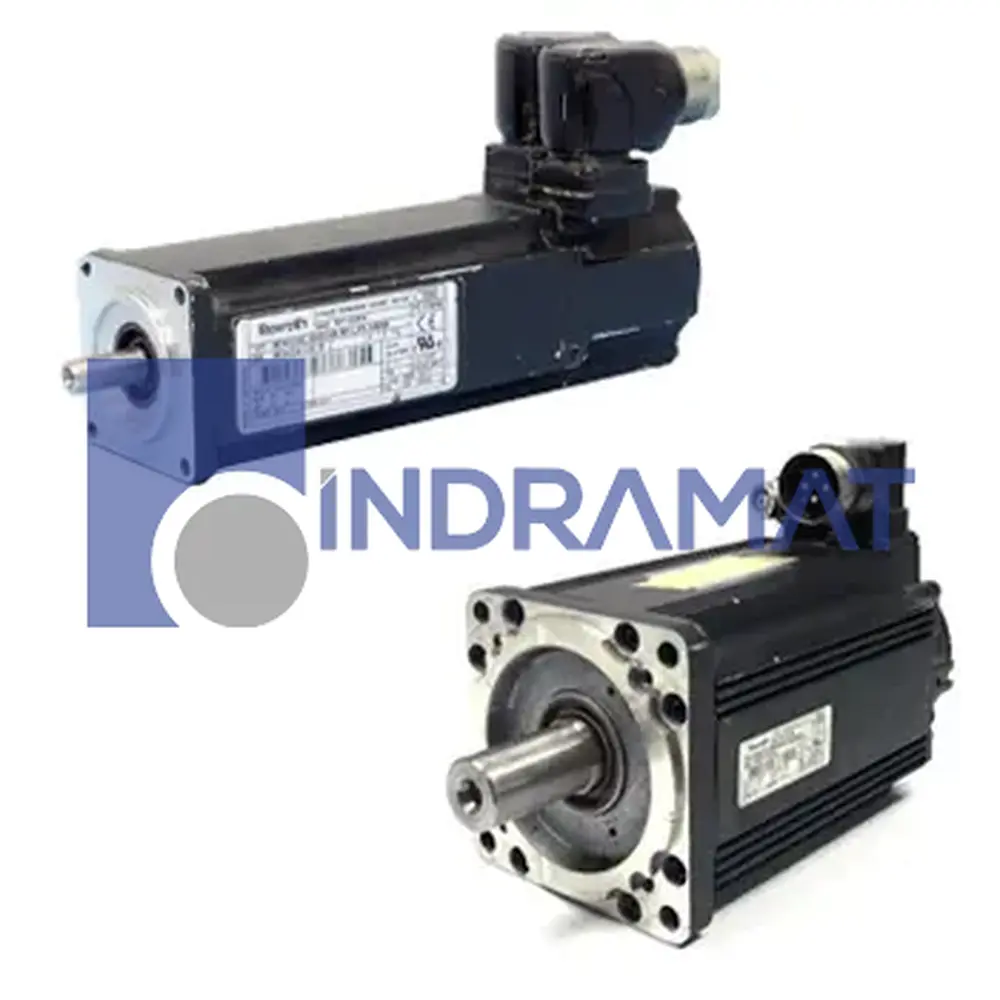R911318926 (MSK100B-0200-NN-M2-LG0-RNNN)
MSK IndraDyn S Synchronous Motors
Technical Specifications
Product Type
Synchronous Motor
Used In
Industrial Assembly Lines
Ingress Protection Standards
IP 65
Frequently Asked Questions
Common Misspellings
Internal Product Review
The IndraDyn S Synchronous Servomotor MSK100B-0200-NN-M2-LG0-RNNN by Bosch Rexroth is used in robotics, printing, and packaging for accurate motion control. It offers 33.0 Nm continuous torque, 2048-period optical multiturn encoder with EnDat2.1 interface, and natural convection cooling. The motor has a plain shaft and a left-side power connector.
Shipping & Payment Options




Warranty

Repair
 We offer a repair service for the MSK100B-0200-NN-M2-LG0-RNNN.
We offer a repair service for the MSK100B-0200-NN-M2-LG0-RNNN. 
 Want to
Want to 





